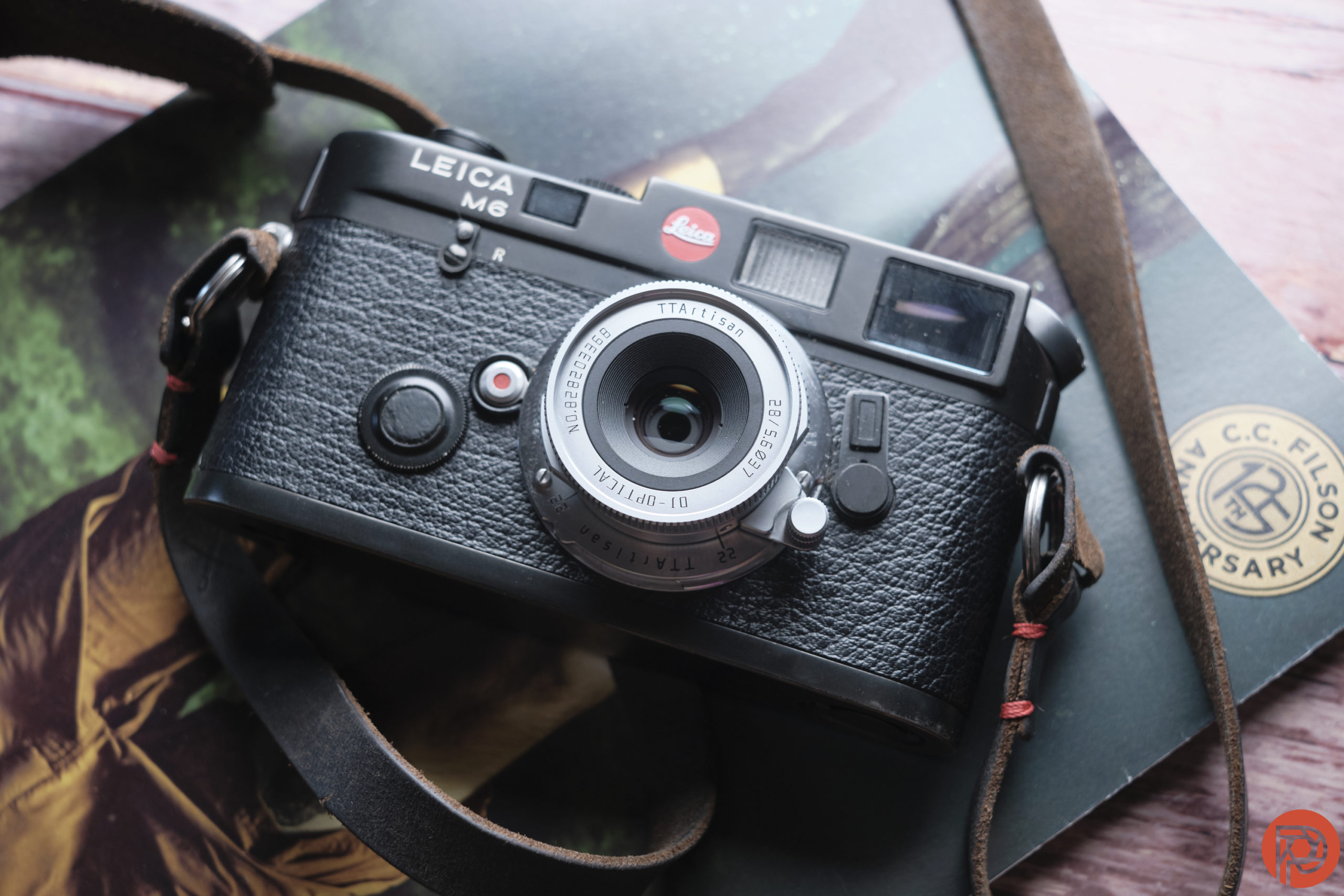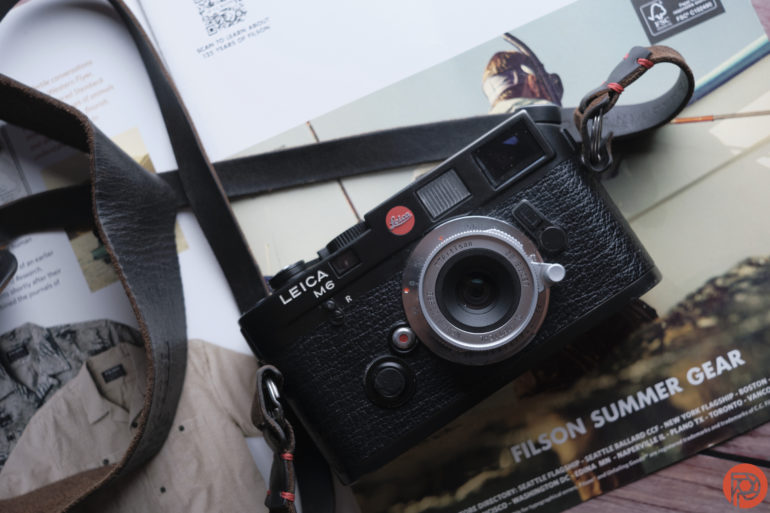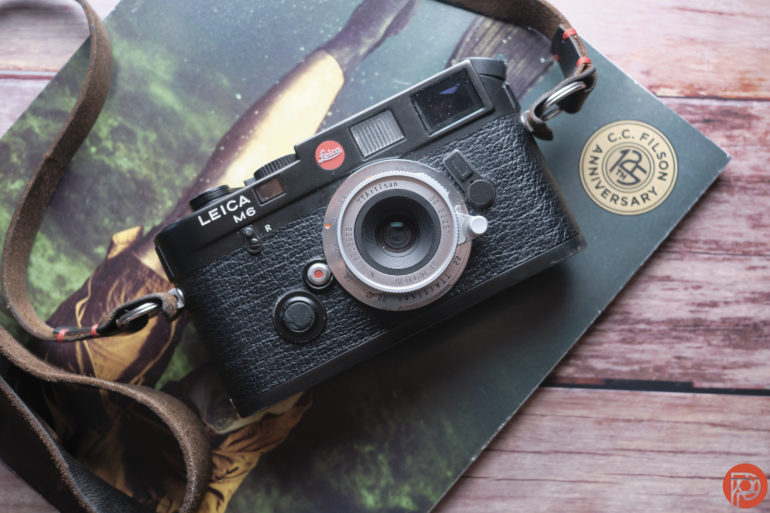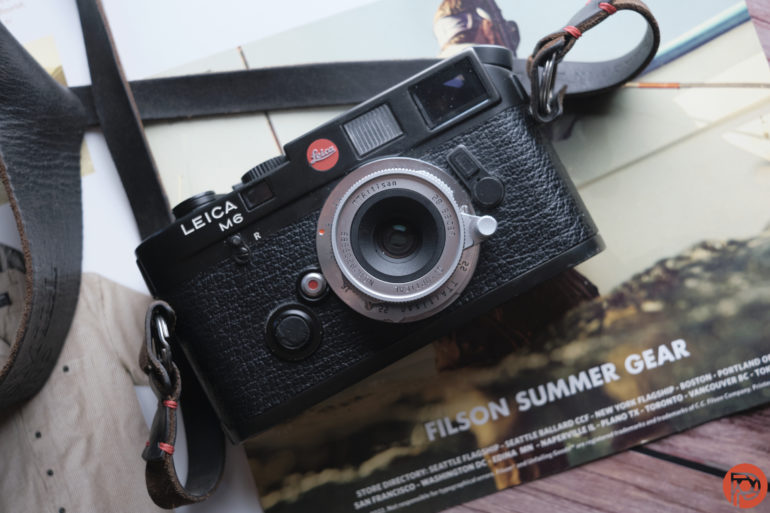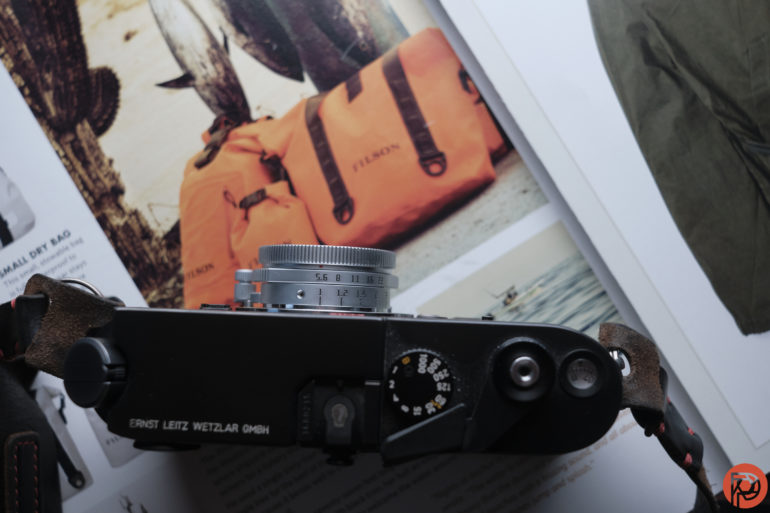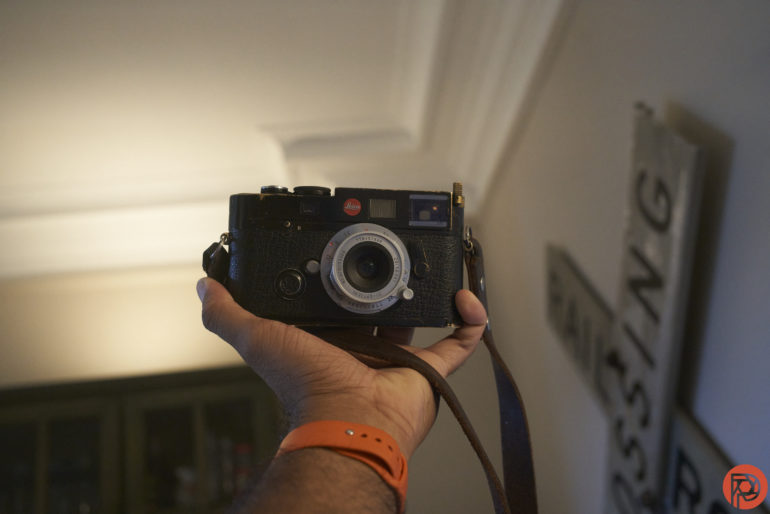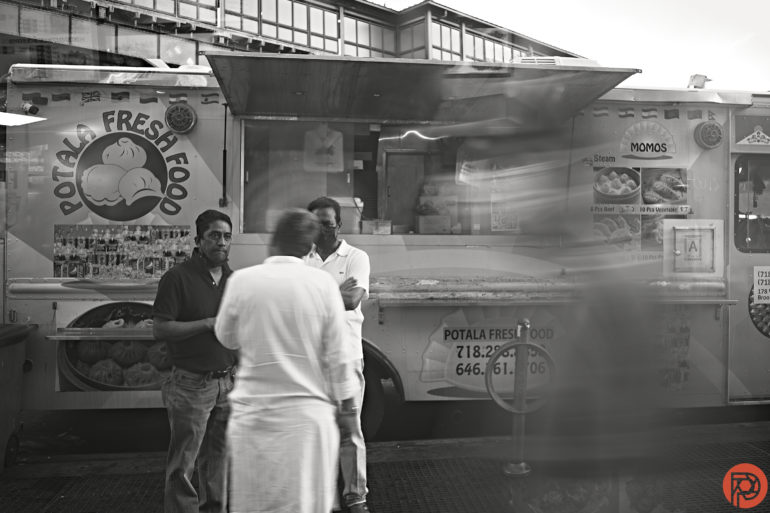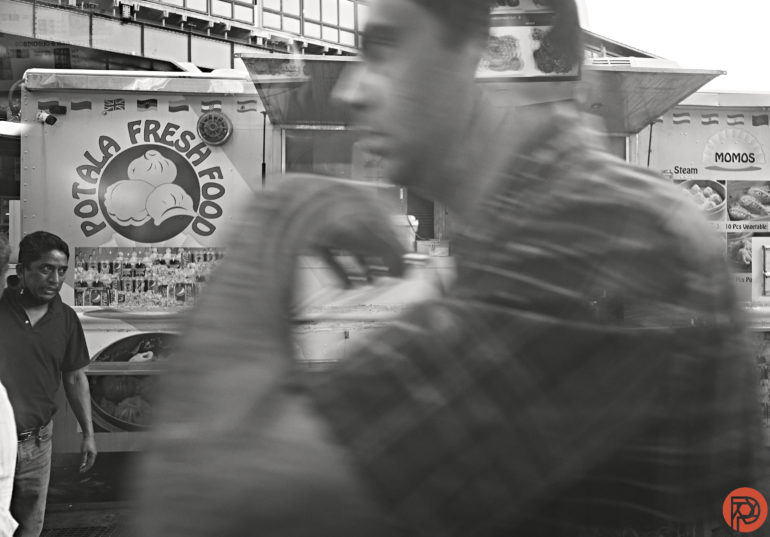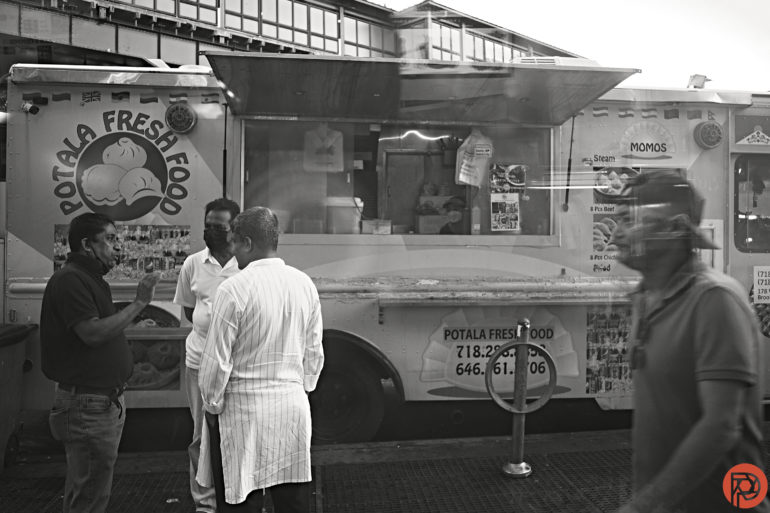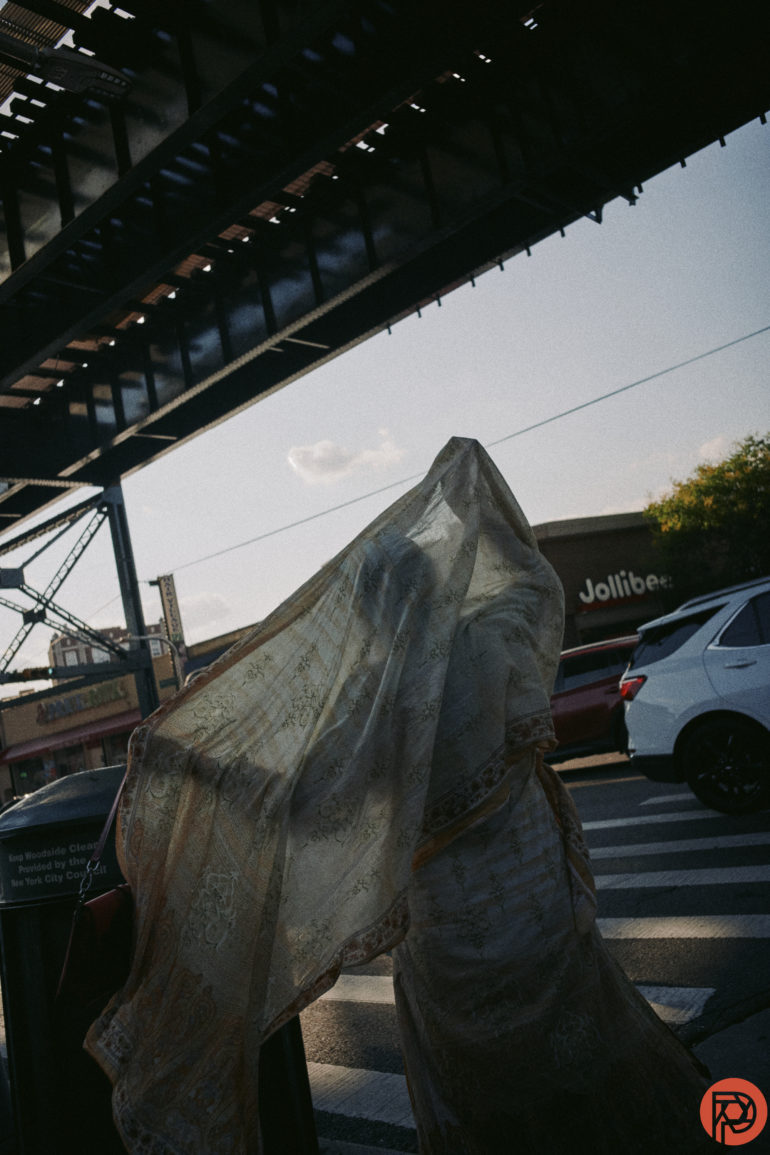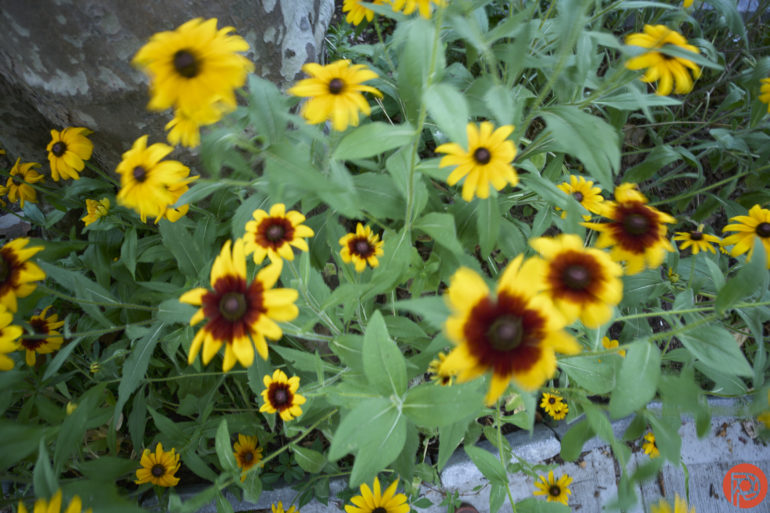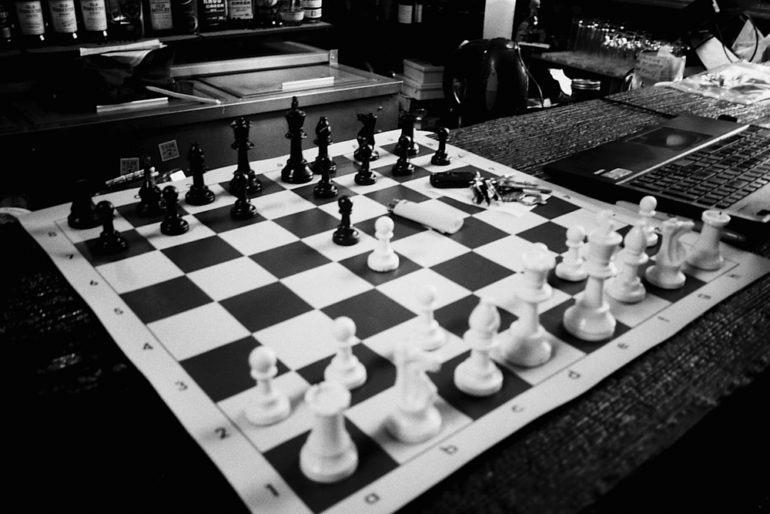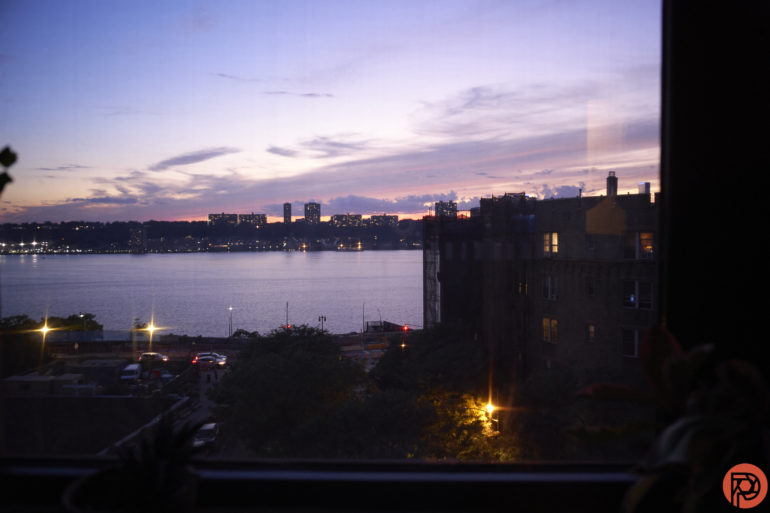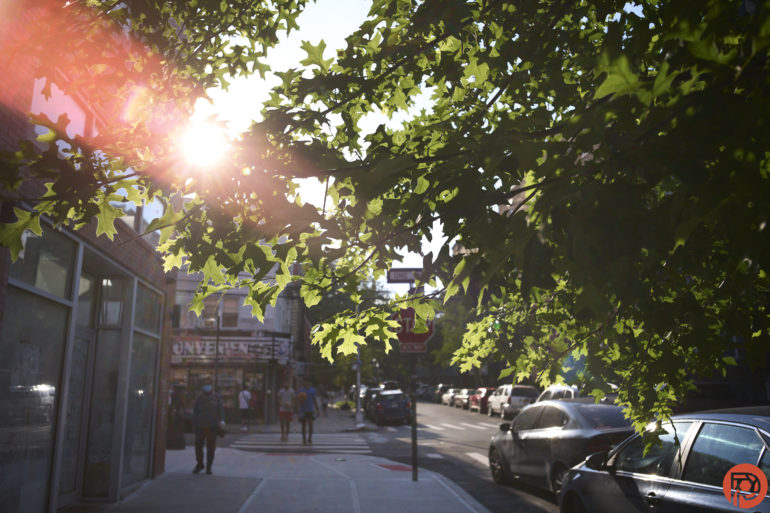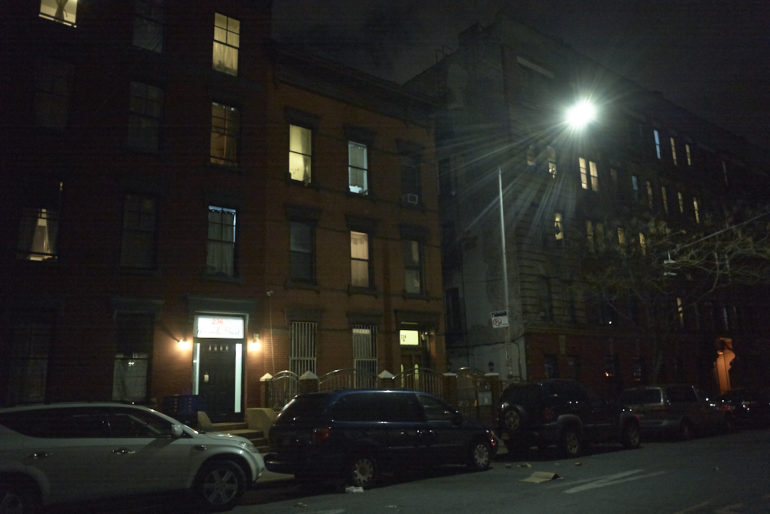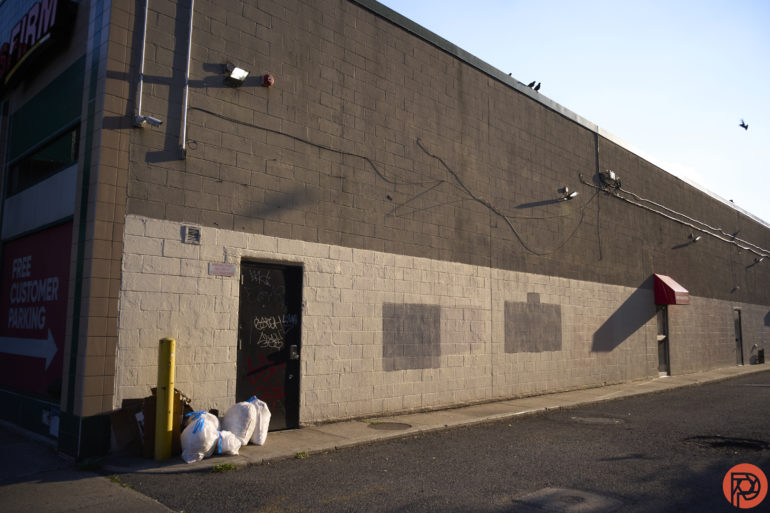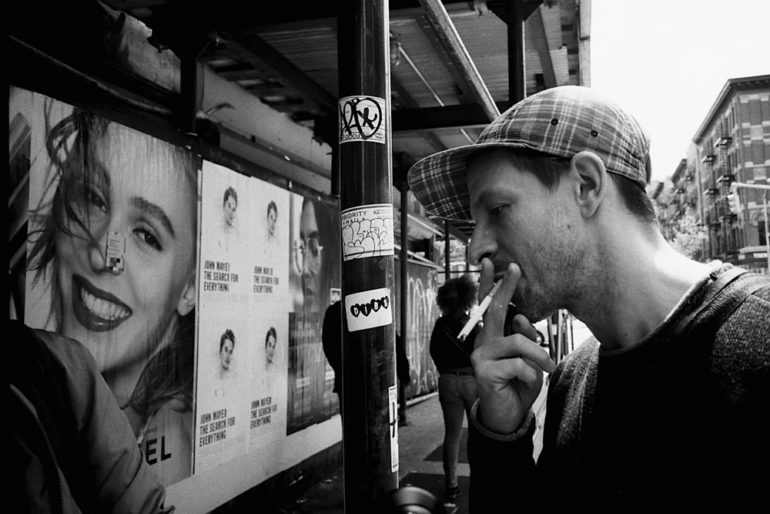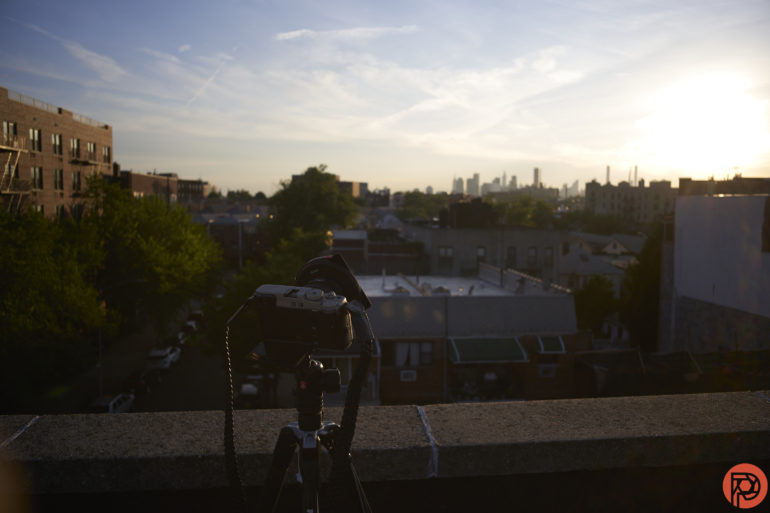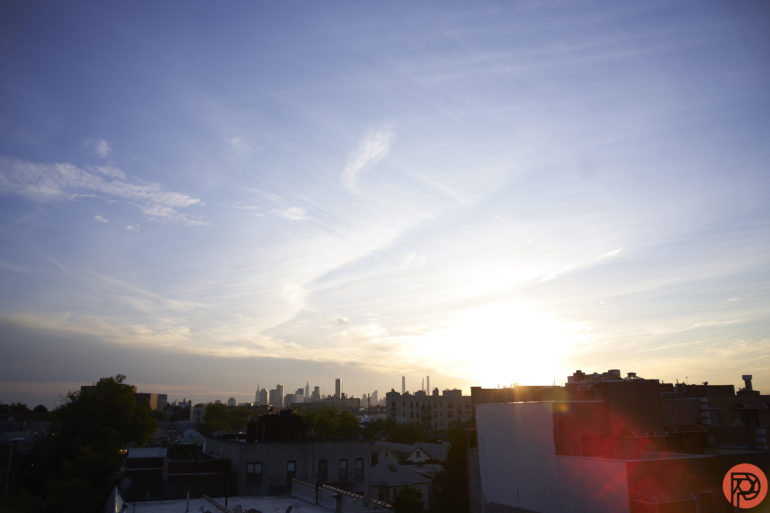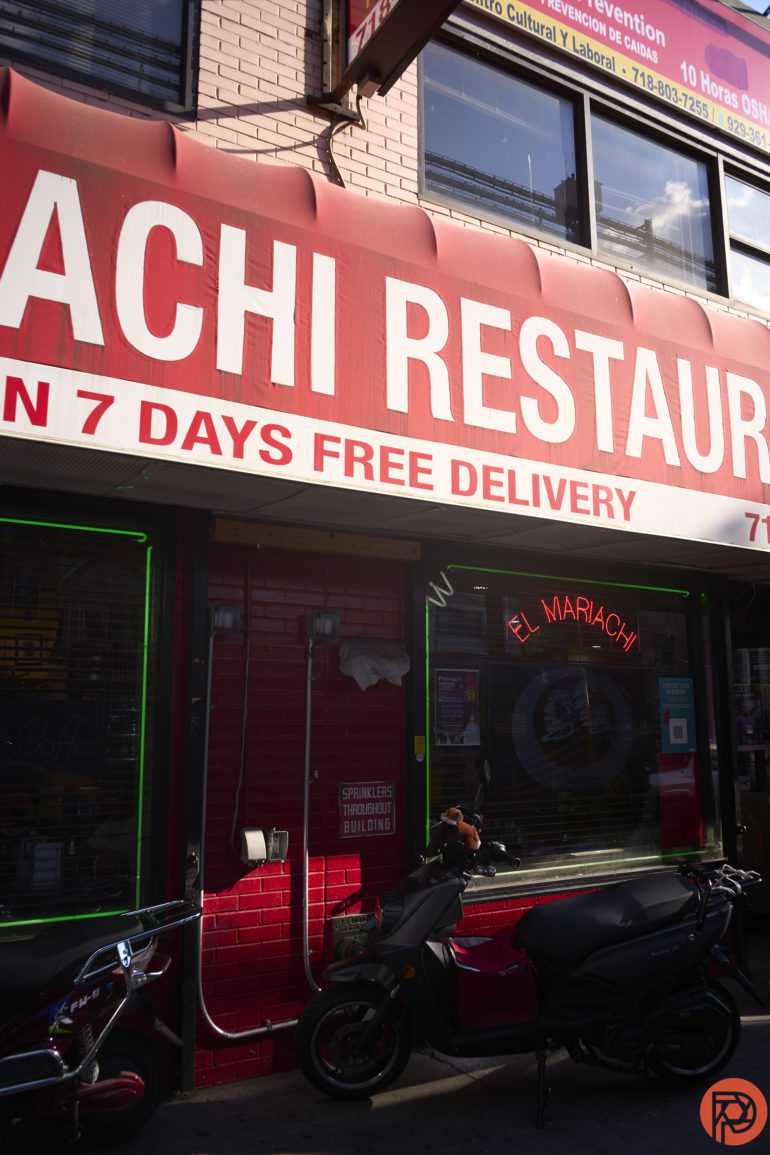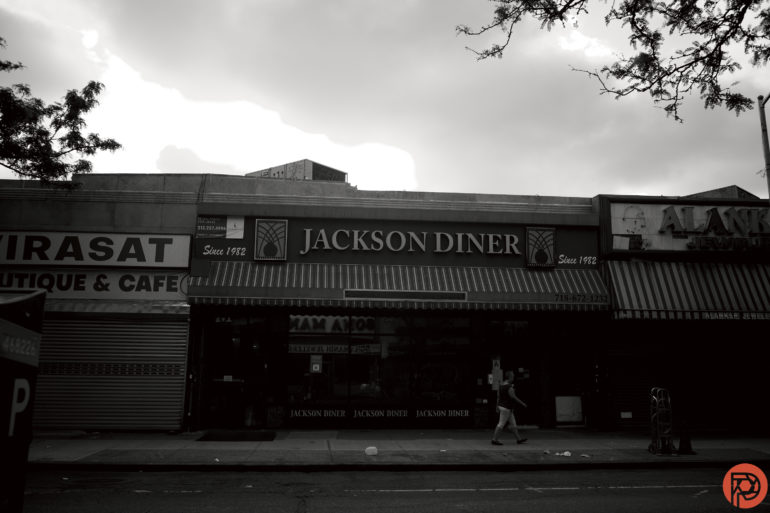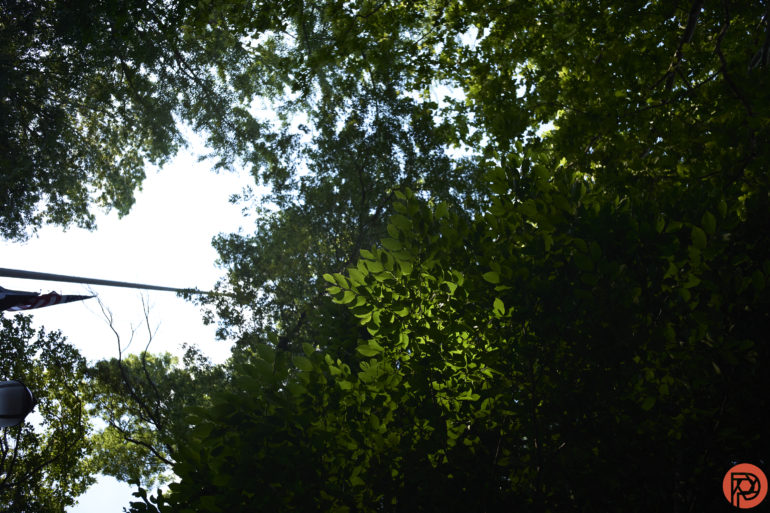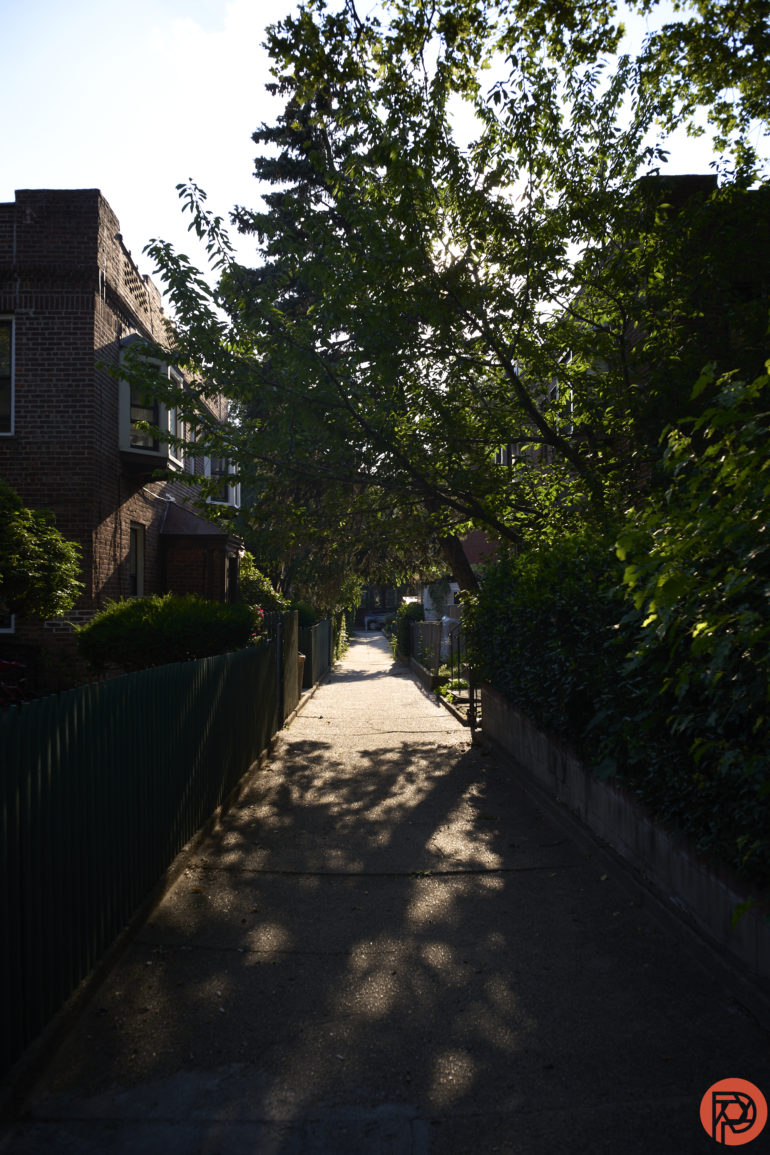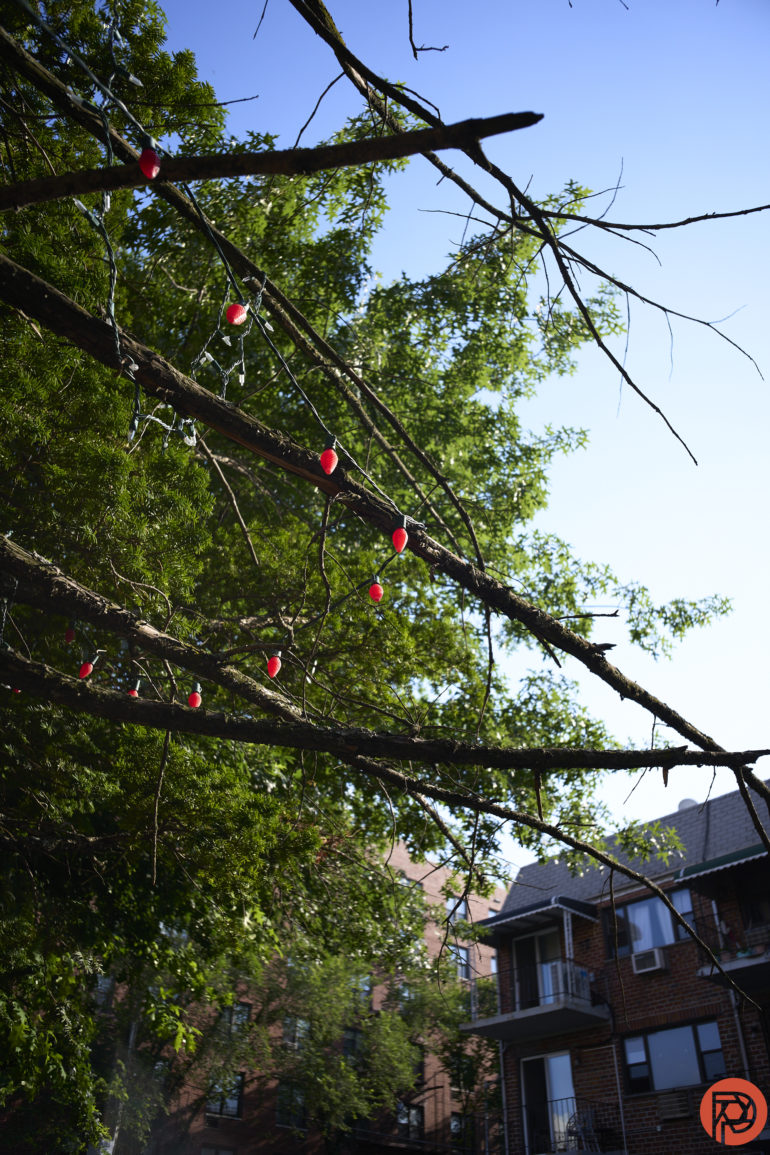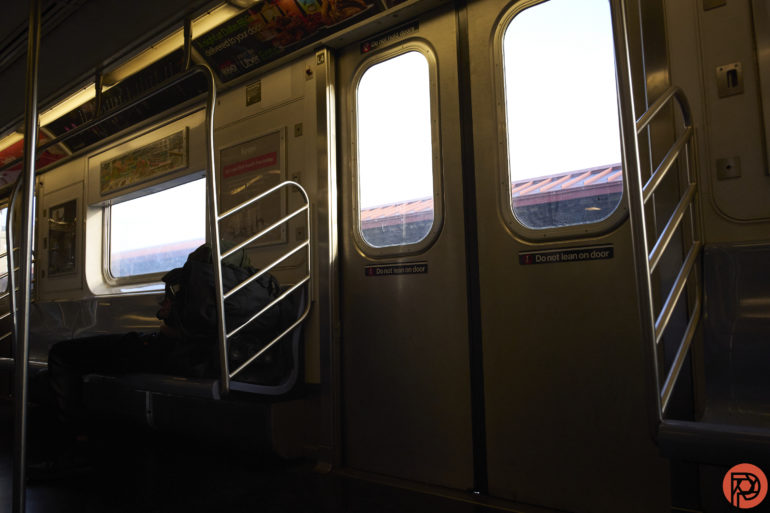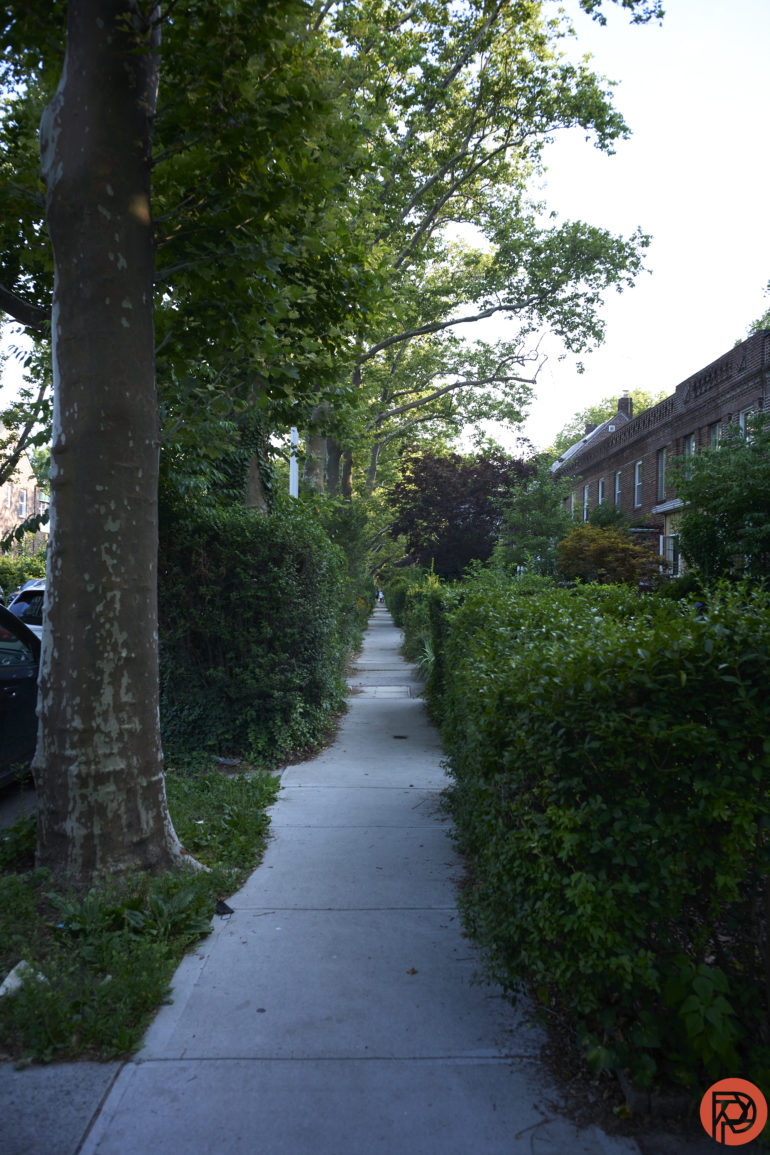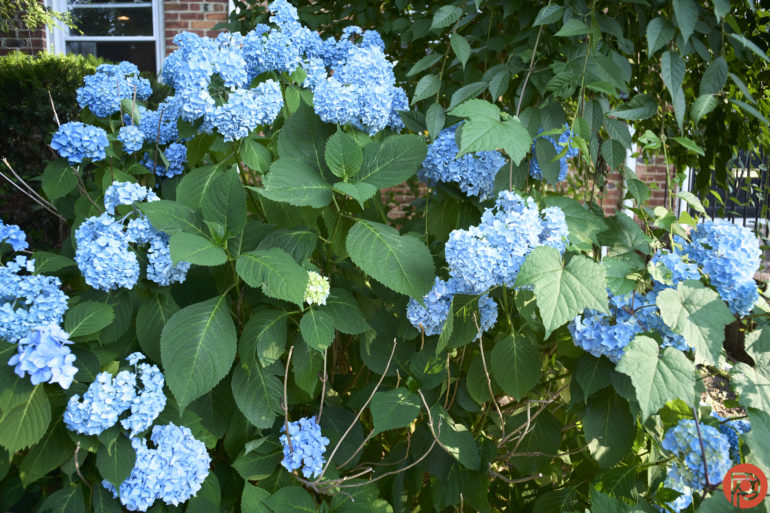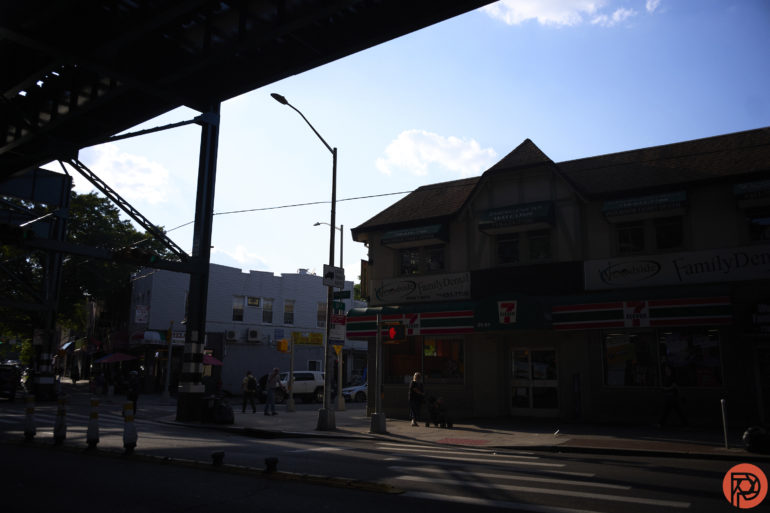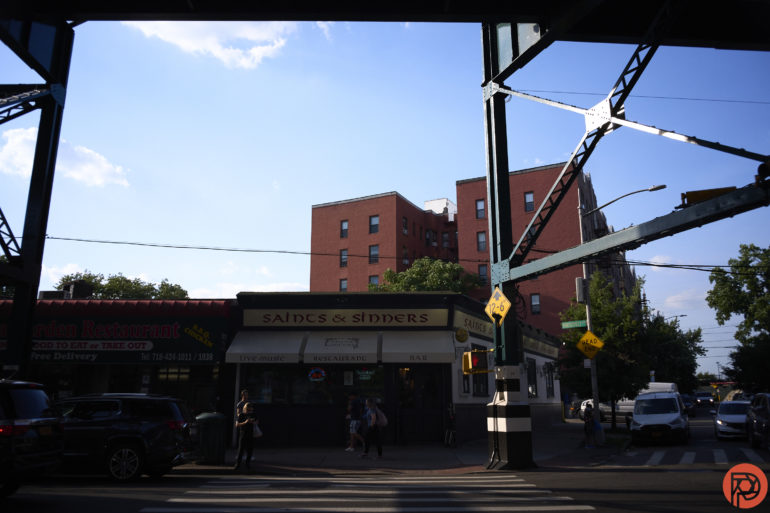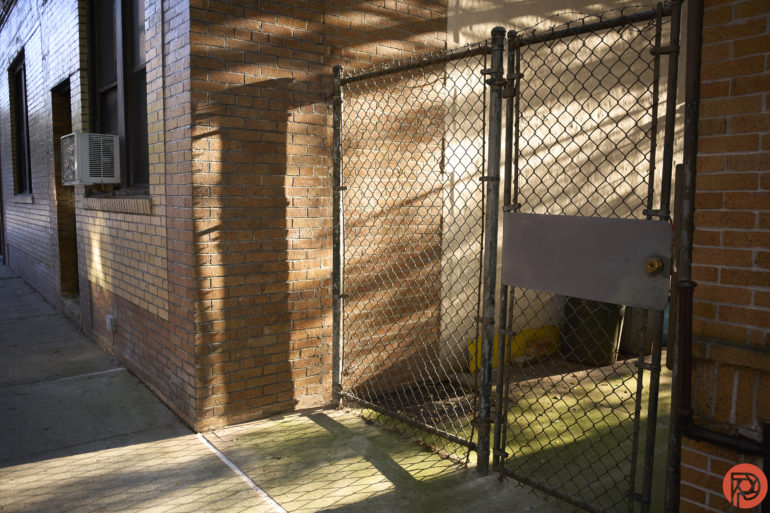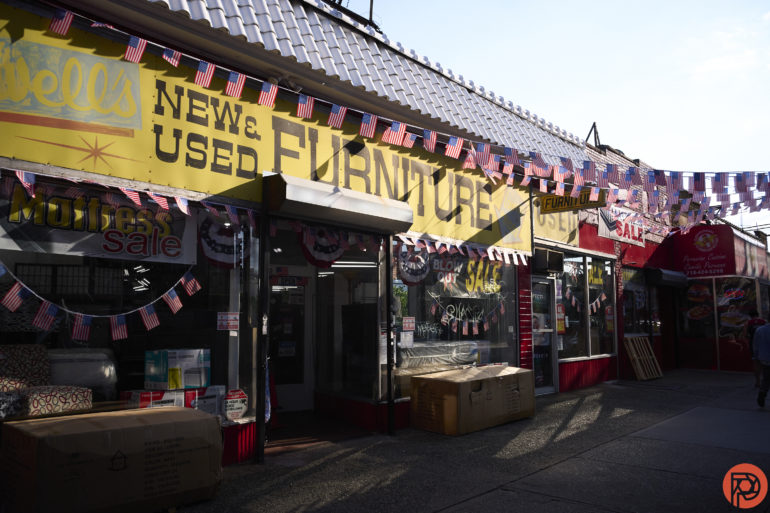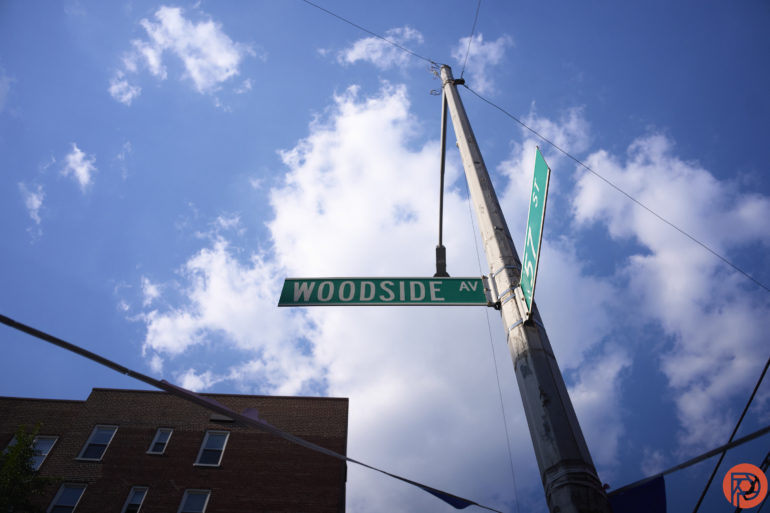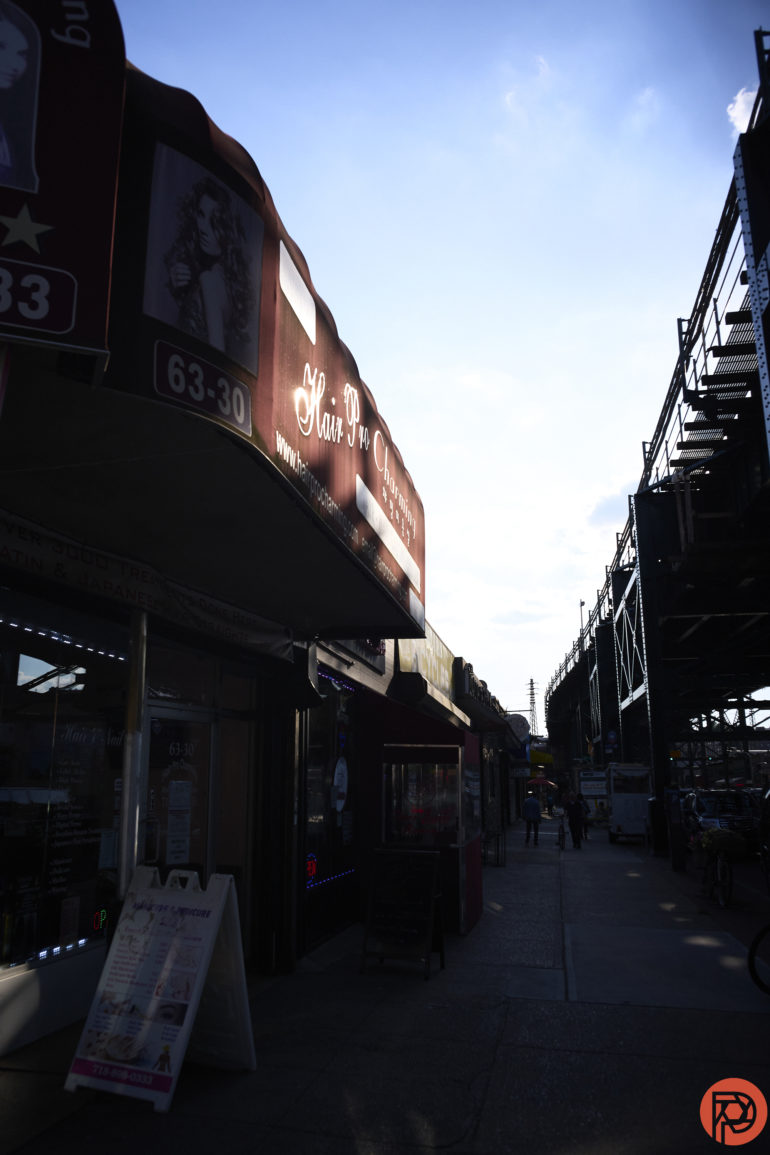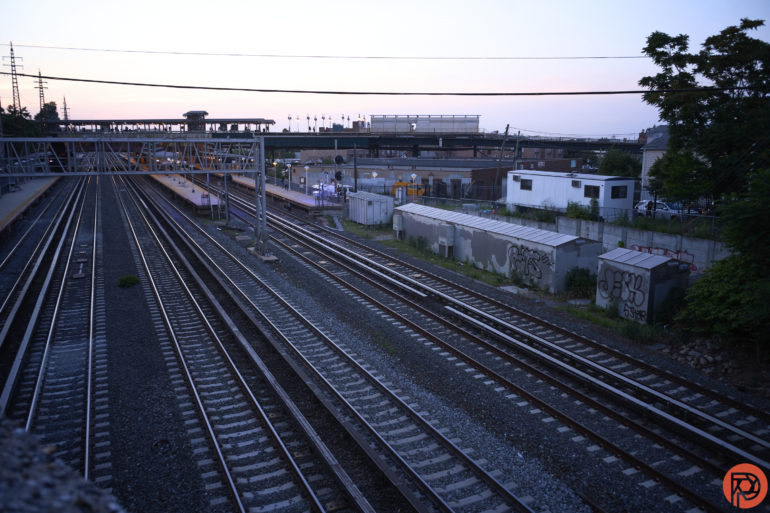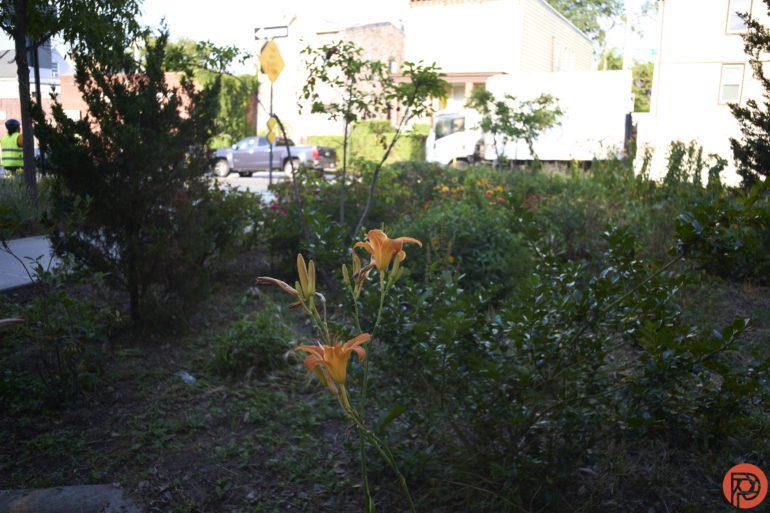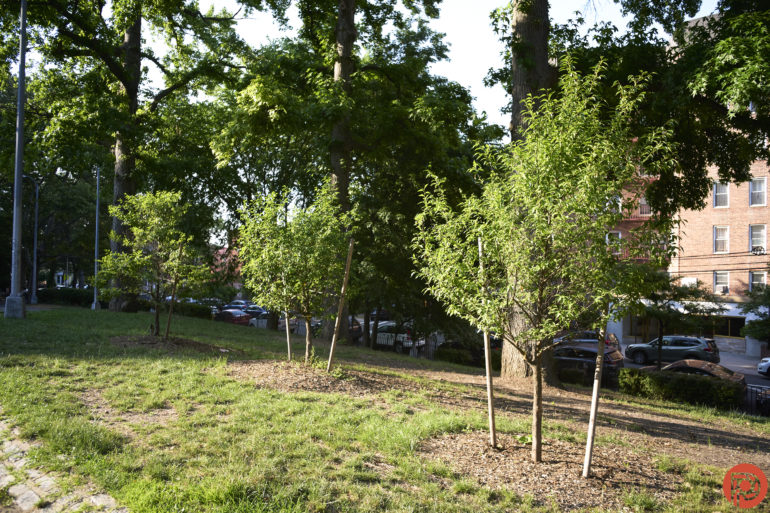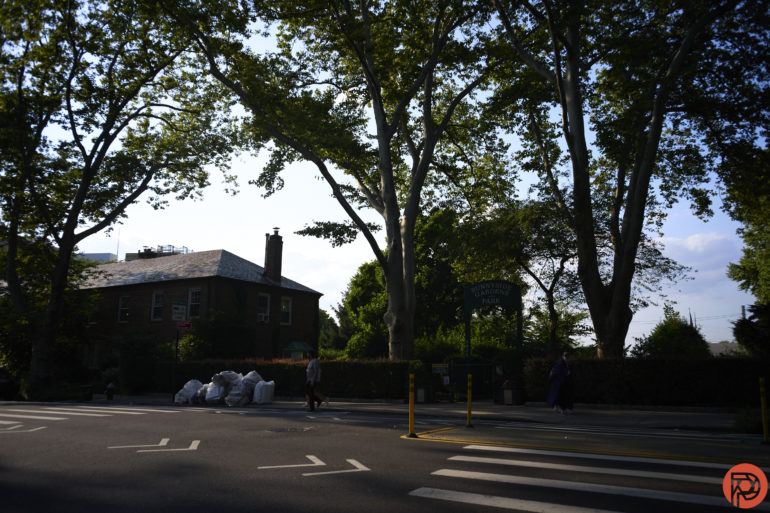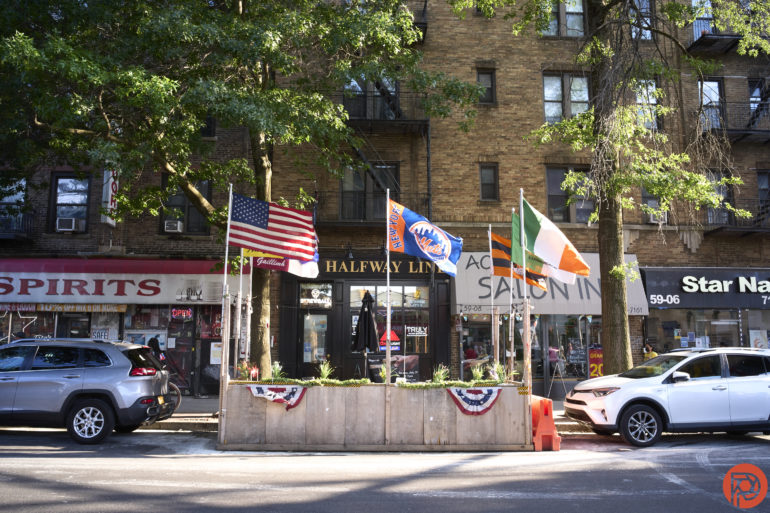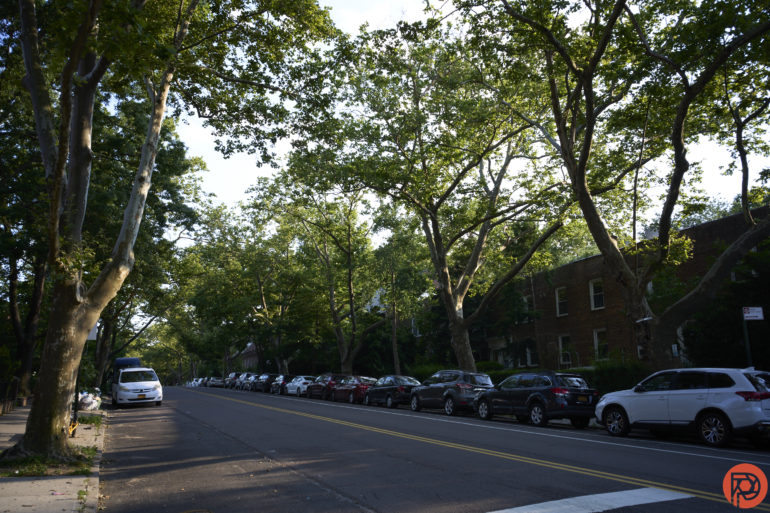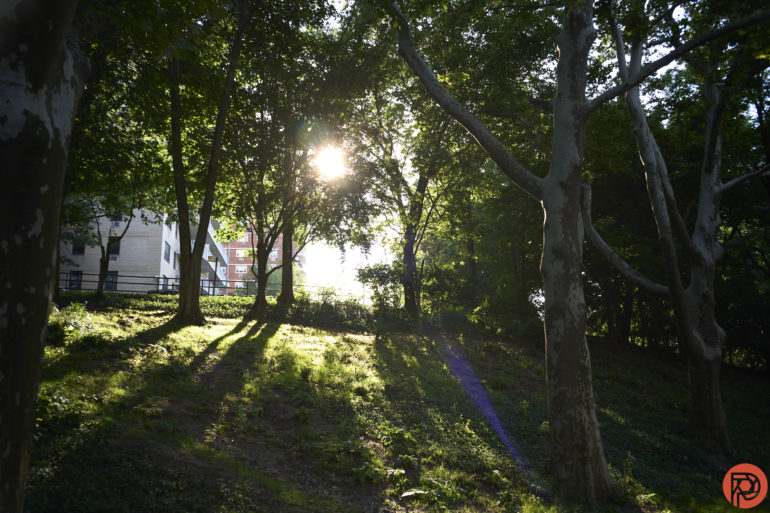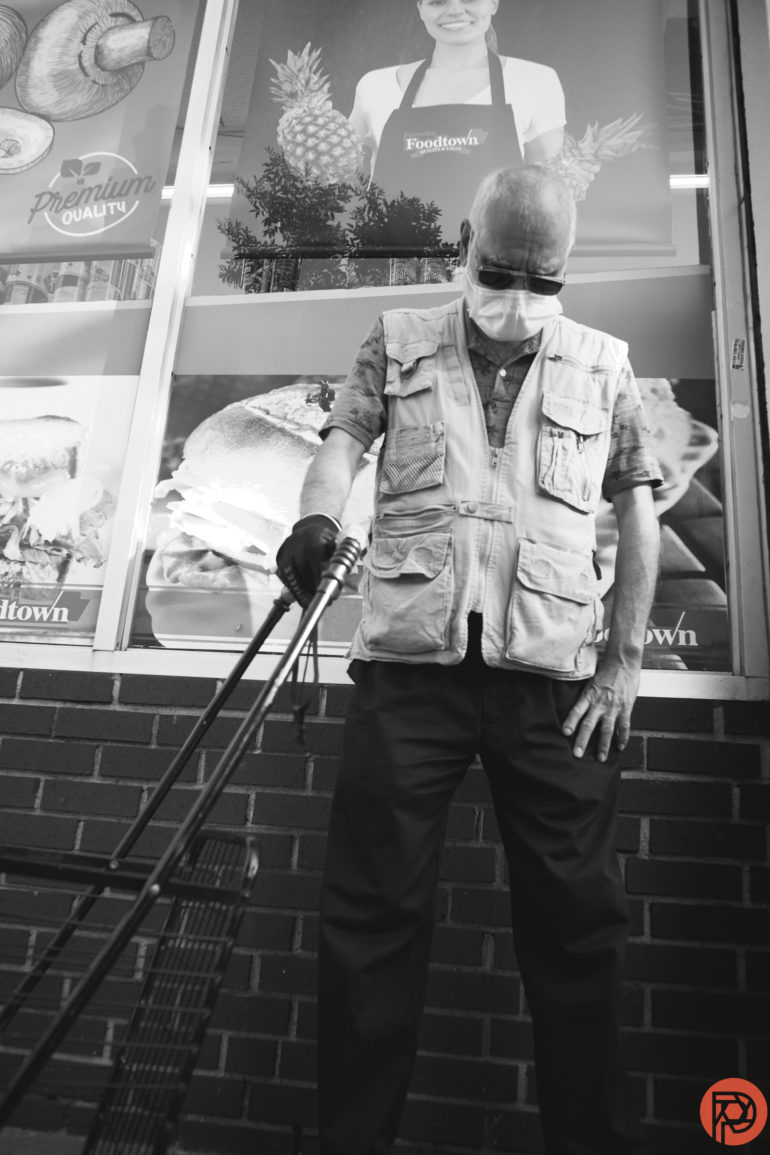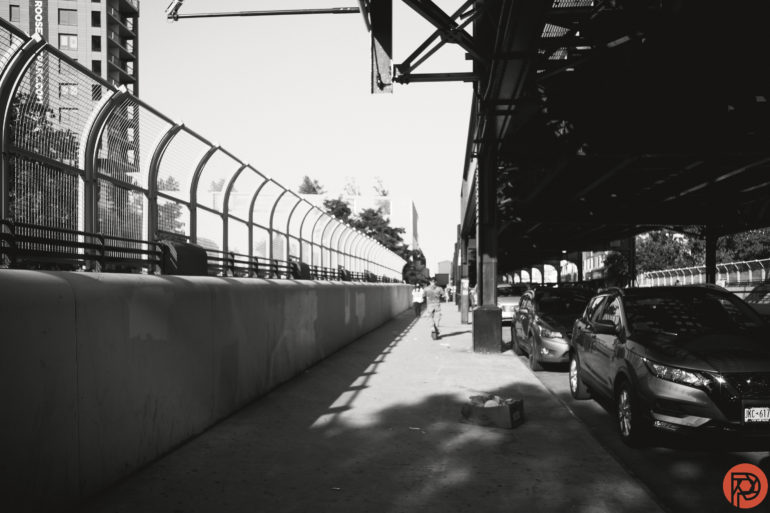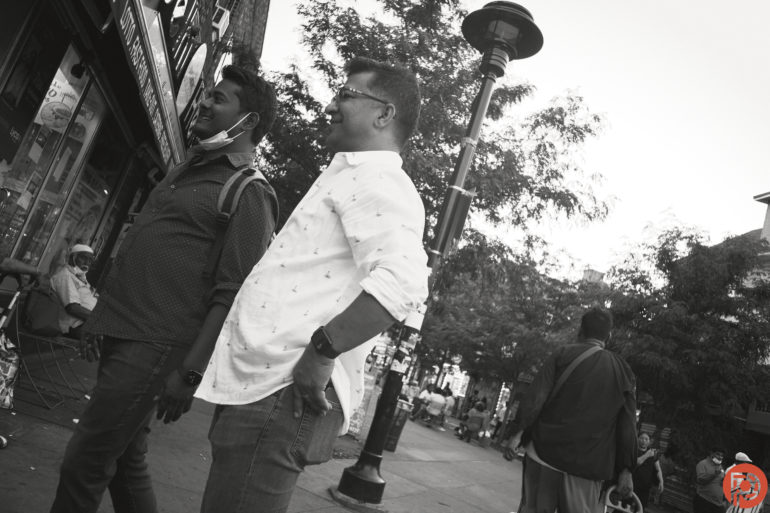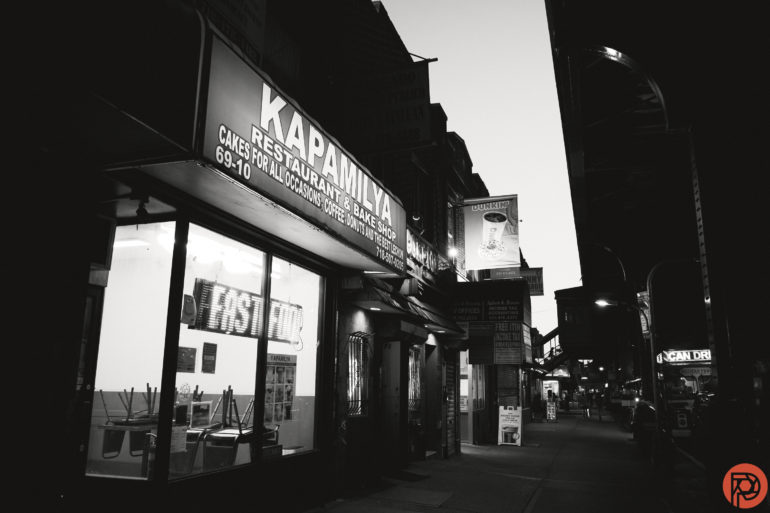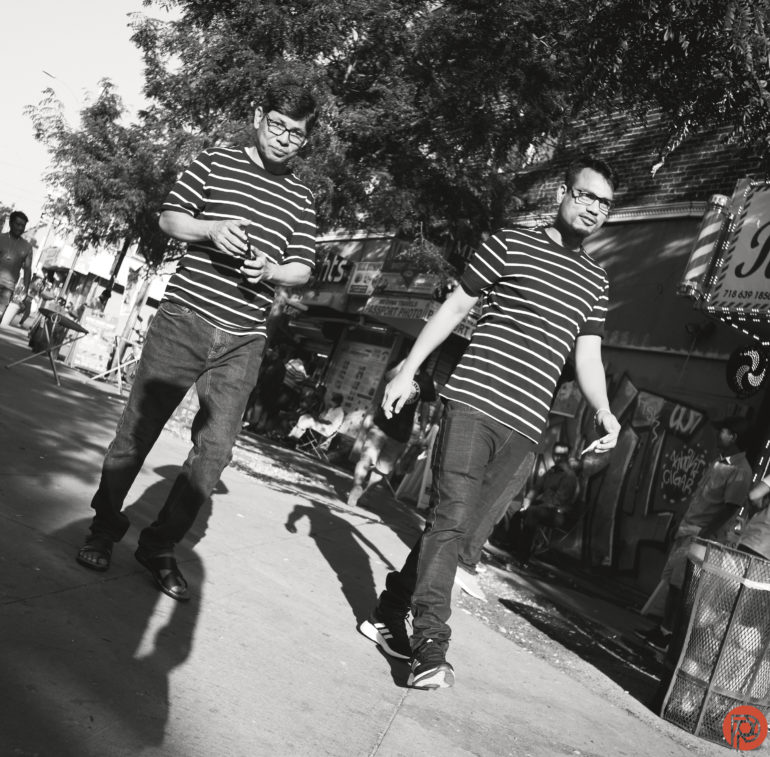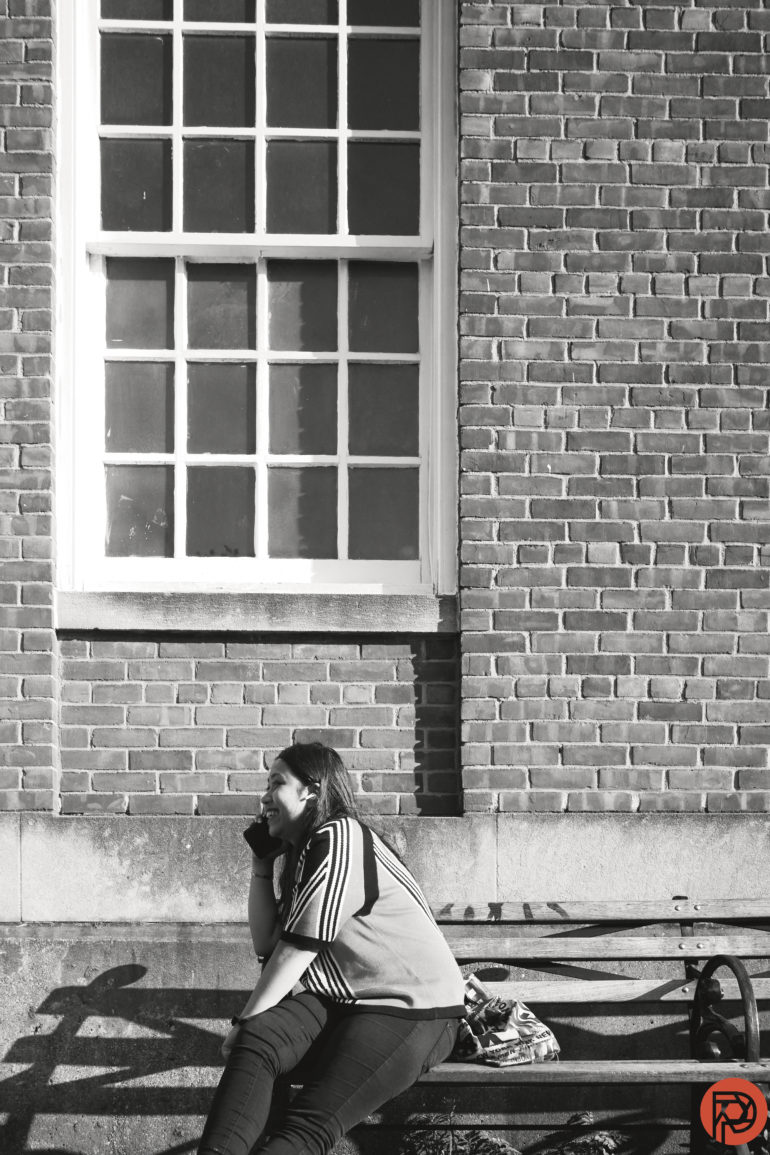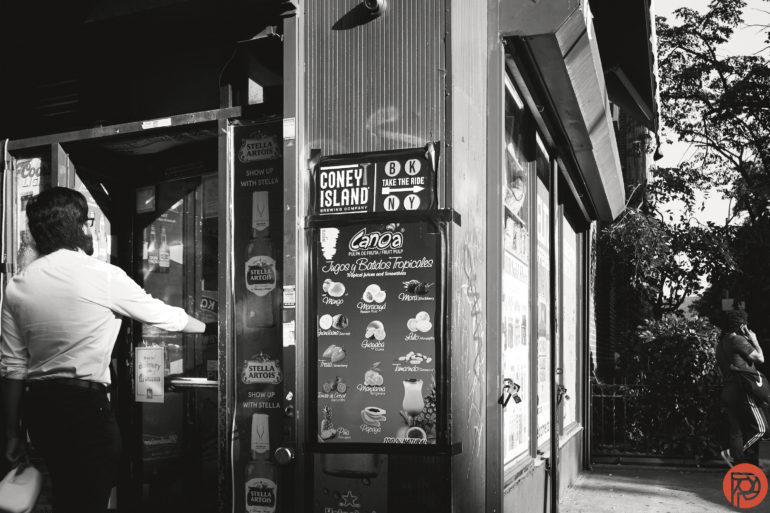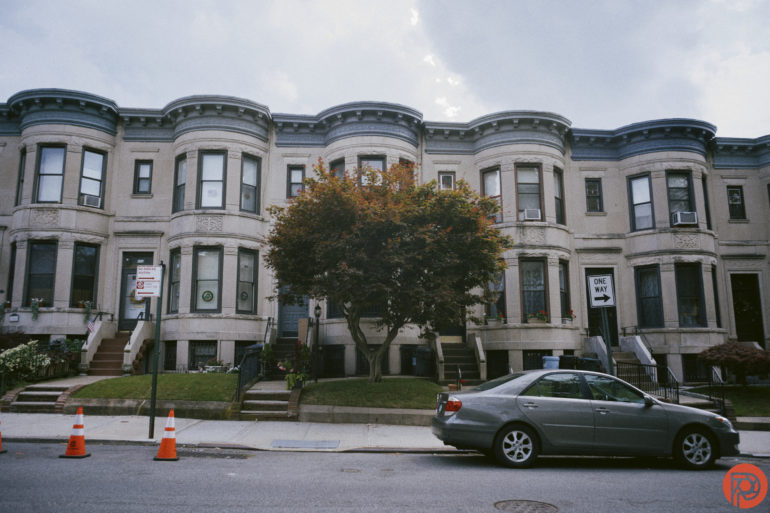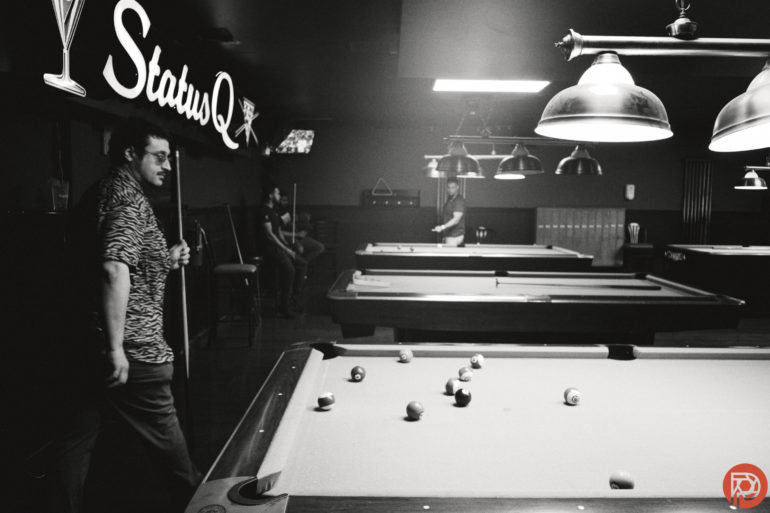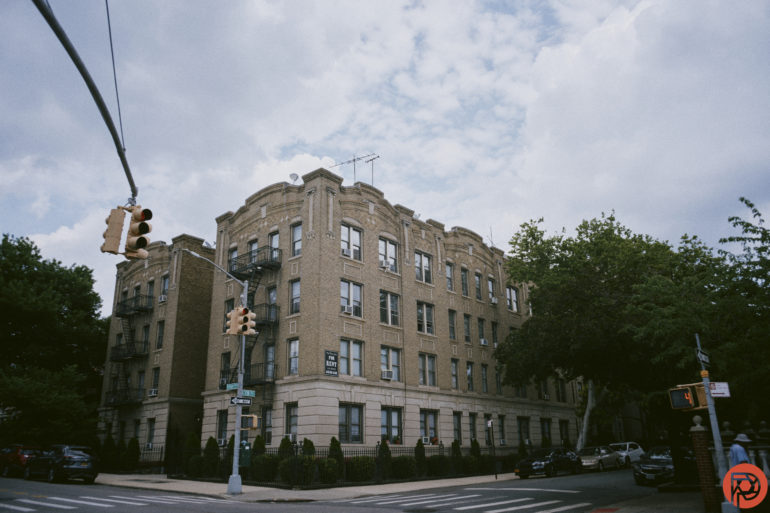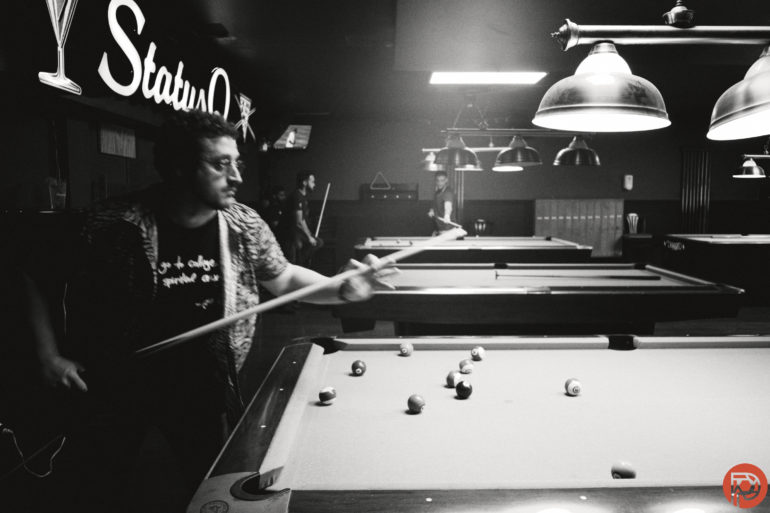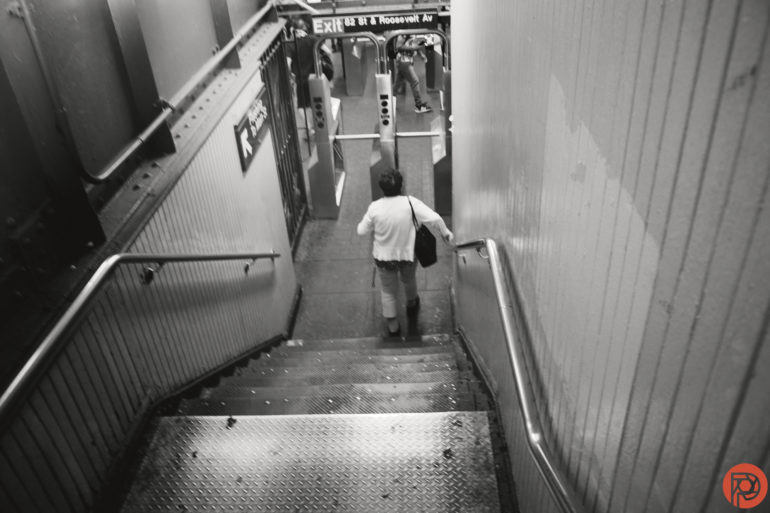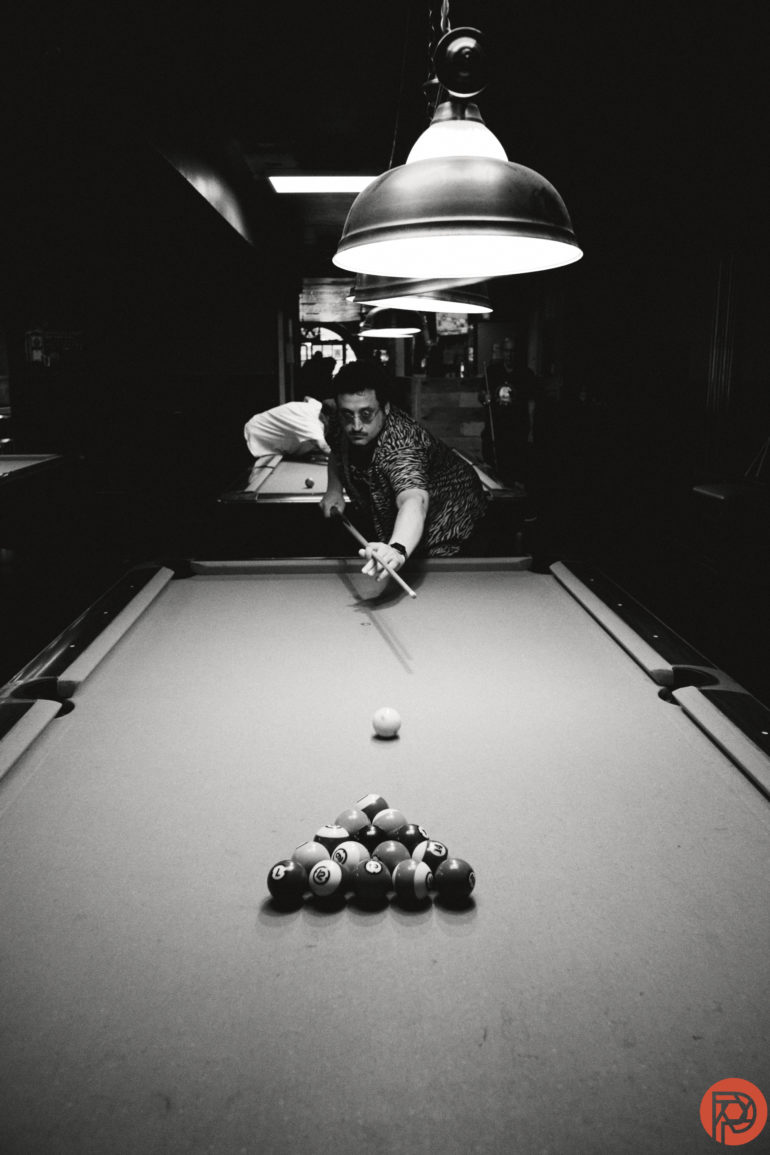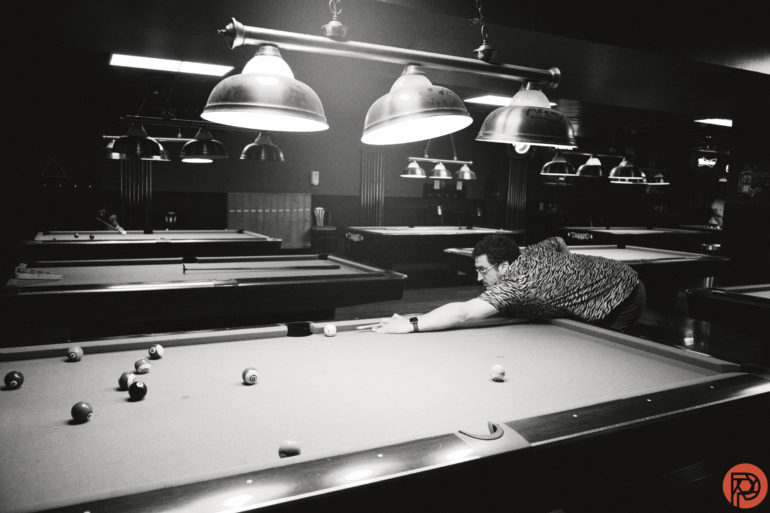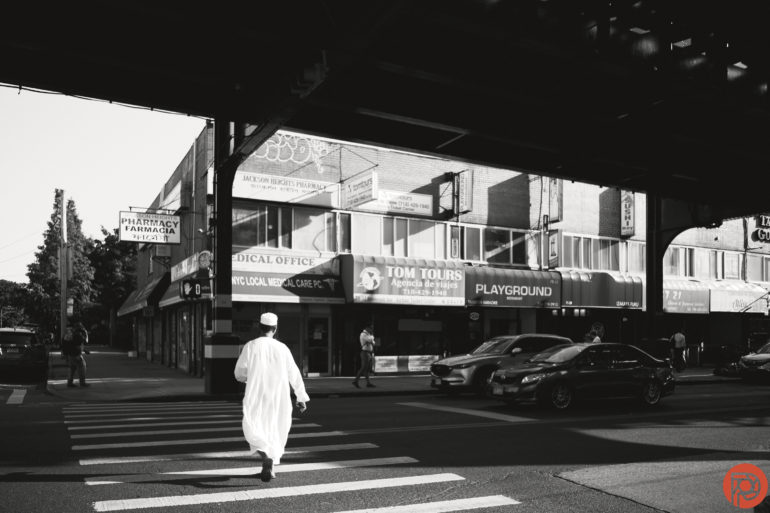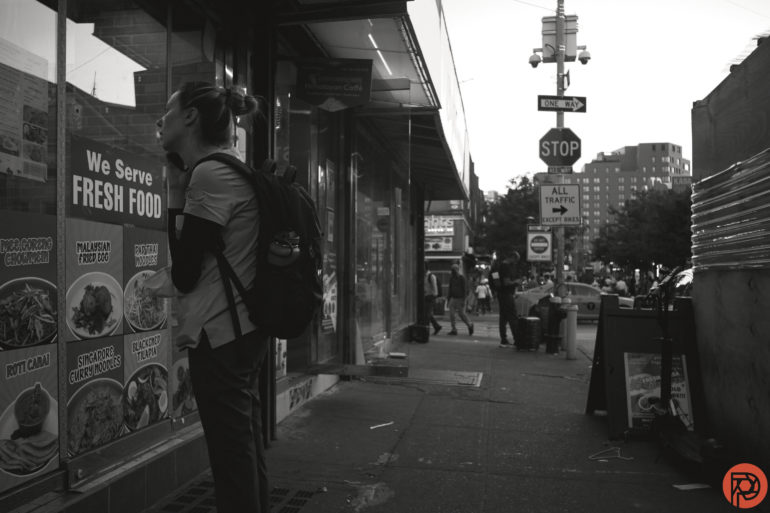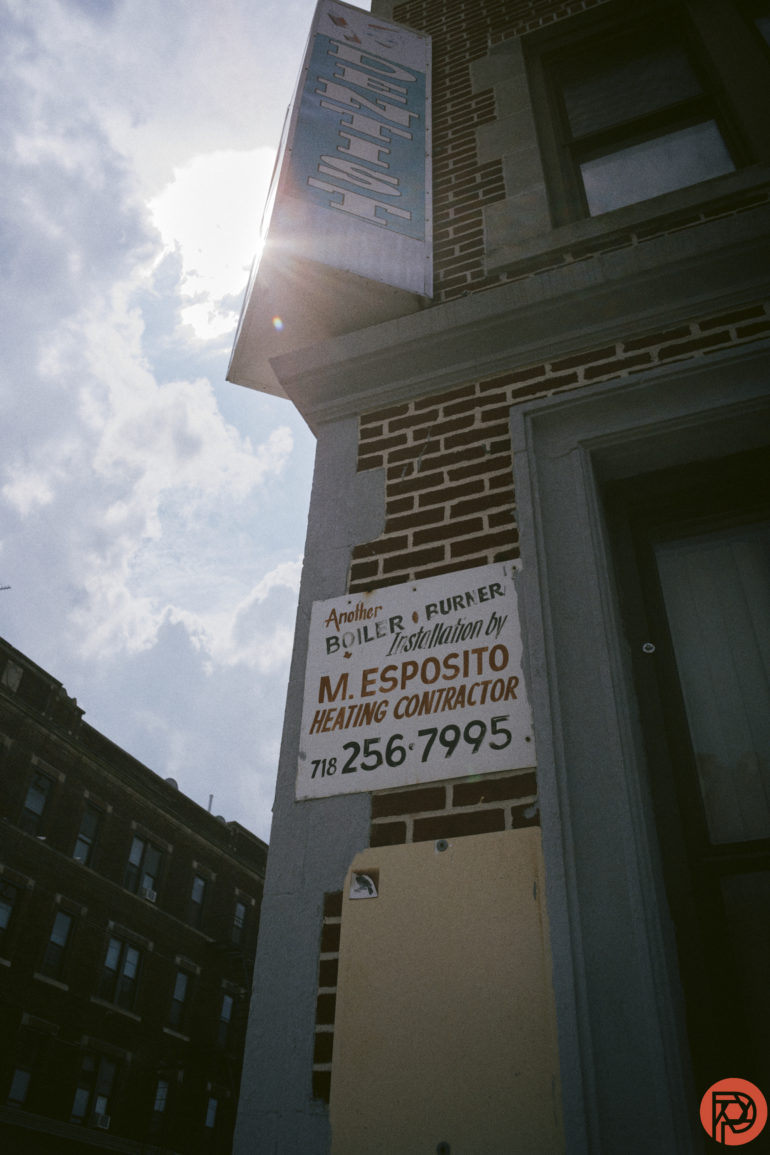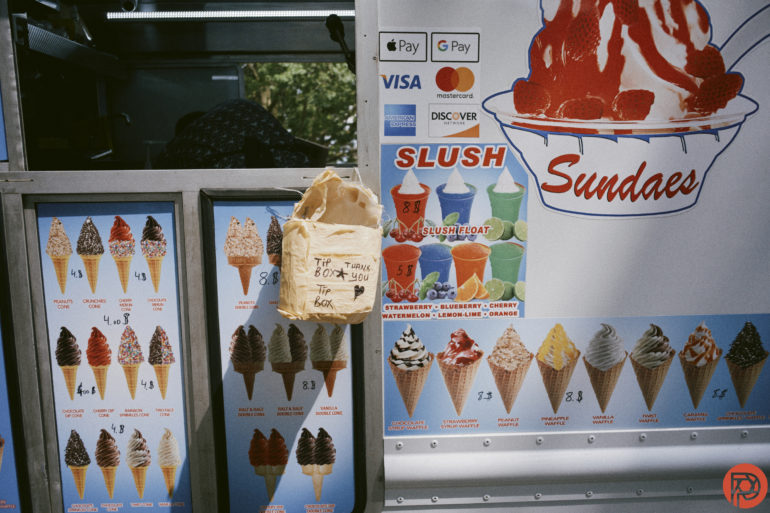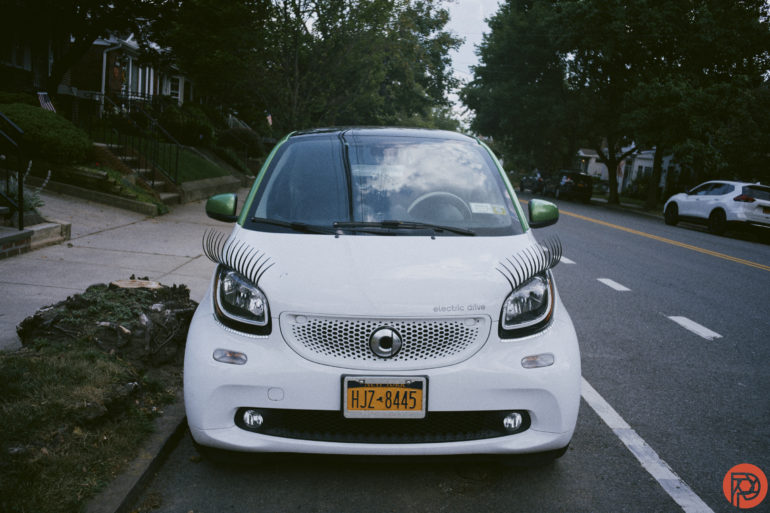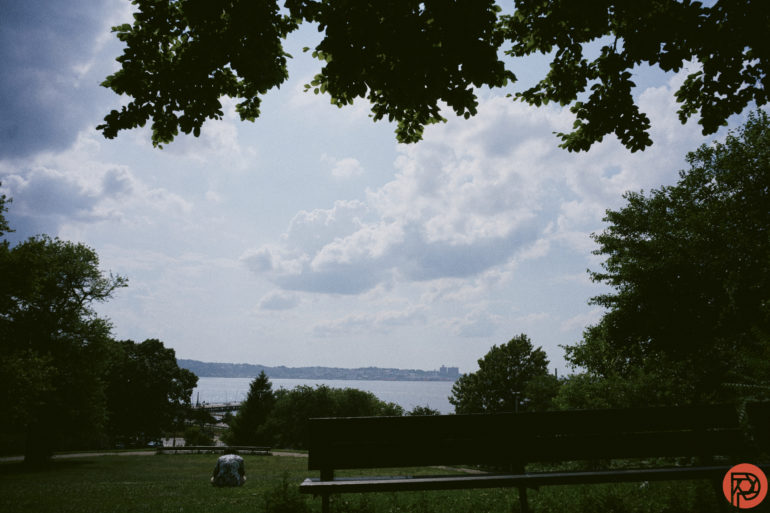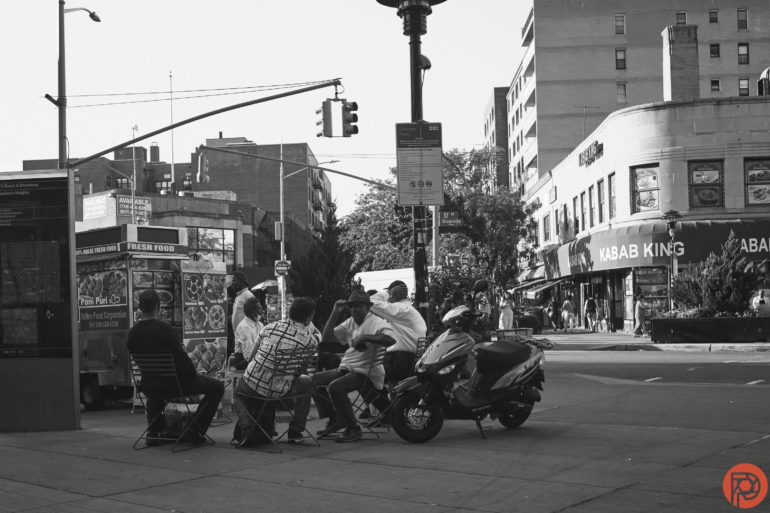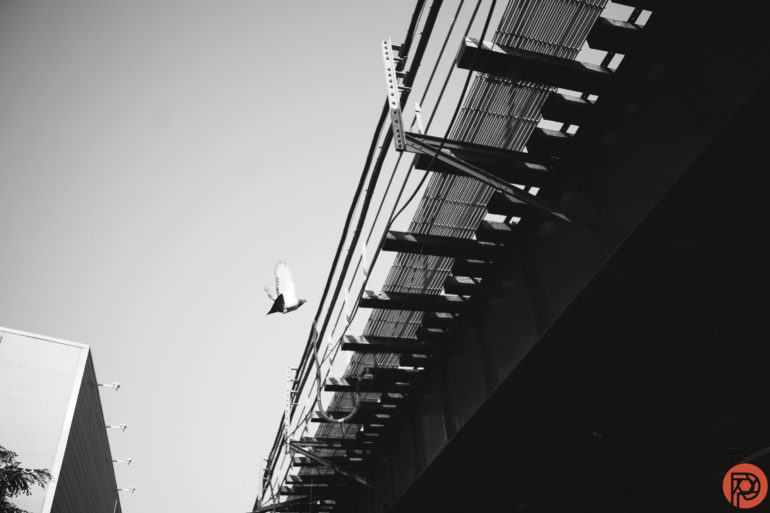“Wow, did it just dent the floor?” is what my buddy said to me on a phone call when I dropped the lens cap for the new TTArtisan 28mm f5.6 lens in my office. When TTArtisan announced their 28mm f5.6 lens for Leica M mount, I thought it was just a copy of the Leica variant I adore. But when I actually held it (and dropped the lens cap) I realized something more. The TTArtisan 28mm f5.6 lens is built significantly more solid but has similar image quality. And one of the coolest things about this lens is that you’ll want to use it in black and white mode all the time.
Most importantly, I don’t think anyone should hold this lens to insanely high standards. It’s only $300, and it’s not designed to please the MTF chart lovers and pixel peepers. I think Kai Wong said it best when he reviewed the Leica Noctilux 50mm f1.1; you’re buying this lens for the character.
Subscribers get some sweet perks and are automatically entered into contests!. Download our app for iOS, iPad, and Android and get no banner ads for $24.99/year.
Table of Contents
The Big Picture
The TTArtisan 28mm f5.6 is a small, solid, fairly lightweight lens for Leica M-mount. If you’re a street photography lover, this is perfect for you. Set your camera to a high ISO, zone focus the lens, walk up to anything, and shoot. You’ll get the photo you want. The image quality is loaded with character that others would call things like chromatic aberration, ghosting, flaring, etc. But that’s the point of a lens like this. You’re not buying into a clinical look, and MTF charts tell you nothing about the romance of the photo. Folks will mostly want to use this during the daytime, but that’s perfectly fine for most street photographers.
The TTArtisans 28mm f5.6 lens gets five out of five stars. Want one? Check them out at Adorama or Amazon for less than $300, which is a steal! It also comes in black if you’re one of those people.
Pros
- Solid build quality
- Nice images
- Zone focusing at its best
- Still has nice lens character
- A classic look
- Much more affordable than Leica’s at less than $300.
Cons
- You’re still going to want the Leica lens.
- I couldn’t get it to mount on the new Techart LMEA9 adapter.
Gear Used
We get to keep the TTArtisan 28mm f5.6 that we got in for review. We tested it with the:
- Leica SL2s (purchased a while ago)
- Fotodiox Leica M to SL adapter (purchased a while ago)
- Leica M6 (just for these photos, and I own this camera)
Innovations
This lens isn’t necessarily innovative, but it builds on former tenets. The TTArtisan 28mm f5.6 has similar image quality to what I’ve known from the Leica. But it bests it in build quality. There’s no weather-resistance, but it’s a solid lens anyway.
Ergonomics
The TTArtisan 28mm f5.6 is, by all means, a pancake lens. The front of the lens can hold a filter, but why even bother? I never used one when I shot with the Leica variant on Kodak Tri-X.
When you look at the lens, what you’ll notice first and foremost is that tab on the side. This is the focusing tab. And when it’s not in use and focused out to infinity, it has a soft-lock.
Here’s a look at ti from the top. Obviously, you’ve only got the aperture ring and the focusing distances. There is no depth of field scale to speak of. That can make things very fun in real life use!
Build Quality
The TTArtisan 28mm f5.6 lens is built very solidly. It’s lighter than the Leica lens, yet somehow it feels more robust. Both lenses are made of brass, which are my favorite types of optics. Neither have weather-resistance. However, it’s worth mentioning that my Leica sensor never got dirty when using this lens with an adapter. The Fotodiox adapter isn’t perfect, though it surely does work. But no matter what, you can pretty much guarantee that this lens will stand up to most abuse you throw at it.
In the hand, it’s basically a pancake. So it’s probably best suited to a smaller Leica M camera like the Leica CL. But at the same time, that’s the Leica aesthetic so many photographers enjoy.
When turning the focusing ring, you’ll get a nice, smooth turn akin to what you’d get with Leica. You’ll get a similar vintage click aesthetic with the aperture ring. Mind you, there are only whole stops, not half or third stops.
Ease of Use
The TTArtisan 28mm f5.6 is a manual focus lens. And you’re best off using it while zone focusing. With that said, it doesn’t have a super-functional zone focusing scale. You have to look down at the lens itself and look at the body. So you’ll be relying on your experience and guesswork to know if you’ve gotten a scene in focus at all. One of my favorite things to do is a method Jonathan Higbee employs: the photo wait. And I did exactly that in Jackson Heights. Take a look below!
What I did here was slow the ISO down to ISO 50, then focused on the subjects in front of me. Then I used the Leica Fotos app’s remote control. The shutter slowed down considerably and that’s how we get this cool motion blur contrasting with the rest of the scene.
Focusing
Focusing this lens is done manually. But, if you know how to zone focus, you don’t really need to focus the lens. You’re just walking up to a subject and photographing them. I typically photographed from 1.5 meters away at f5.6. Then I set the camera to aperture priority and the ISO to anywhere usually above ISO 1600 when walking and photographing. It worked just fine.
Image Quality
The image quality from this lens is one of the things that’s most worth talking about. It’s chock full of character that you’re going to love. The colors can be really nice and muted, but I found I enjoyed using this lens in black and white mode the way that vintage film used to be. If you’re looking for a clinical lens, you’re kidding yourself with this one. Let’s dive in deeper.
We’re going to compare it to the Leica variant, which we’ve reviewed years ago. Granted, these aren’t head to head comparisons, just real-world observations.
Bokeh
You’re not going to get much bokeh from this lens. It’s both a wide-angle lens and a slow aperture of f5.6. Stir in the fact that it only focuses as close as a meter, and you’re really not going to sing the praises of the creaminess.
Above is a photo from the TTArtisan 28mm f5.6. Below is from the Leica 28mm f5.6. Obviously, neither lens is winning a bokeh award here.
Color Rendition
The colors from the TTArtisan 28mm f5.6 are kind of muted. I expect that with a lens like this. The optics are designed for that and are based off the vintage design and look. It was only in the 2010s that lens design and contrast took a major step forward in the digital world to give the super contrasty lenses we have today. In the film world, that wasn’t the case, but there were surely improvements.
Above is a photo from the TTArtisan 28mm f5.6. Below is from the Leica 28mm f5.6. The Leica may win in this battle.
Lens Character
Give me all the lens flare, distortions, chromatic aberrations, etc! Granted, it keeps those controlled with a pleasing aesthetic. If you’re a street photographer looking for that vintage feel, combine this with black and white and you’ll get it. I could see it working really well on Panasonic full-frame cameras that use the Kodak film look.
Above is a photo from the TTArtisan 28mm f5.6. Below is from the Leica 28mm f5.6. Here’s where TtArtisan is winning for me personally.
Sharpness
At f5.6, the lens isn’t amazingly sharp. But it gets very sharp when you stop down to f8. You’ll surely appreciate the sharpness. However, I don’t think I’d buy this lens to pixel peep it.
Above is a photo from the TTArtisan 28mm f5.6. Below is from the Leica 28mm f5.6. Both lenses do well in this parameter.
Extra Image Samples
From day one, The Phoblographer has been huge on transparency with our audience. Nothing from this review is sponsored. Further, lots of folks will post reviews and show lots of editing in the photos. The problem then becomes that anyone and everyone can do the same thing. They’re not showing what the lens can do. So we have a section in our Extra Image Samples area to show edited and unedited photos. From this, you can make a decision for yourself.
Unedited
Edited
Who Should Buy It?
This is what we’ve named our section when The Phoblographer’s Reviews team got on a call. But for this one review, this section should be named, “Who Shouldn’t Buy It?”
Honestly, everyone should get this lens just for funsies. It’s less than $300, has loads of character, and is fun. If you know how to use it, it’s a completely carefree experience. Check them out at Adorama or Amazon.
Tech Specs
These are taken from the Adorama listing:
- 28mm Focal Length
- 37mm Filter Size
- Full Frame
- F5.6 Maximum Aperture
- F22 Minimum Aperture
- 1m Closest Focusing Distance
- 6pcs Diaphragm Blades
- 7 Elements in 4 Groups Optical Design
- Lens Mount: Made For Leica M Mounts
- Lens Type: Wide Angle Lens
The Phoblographer may receive affiliate compensation for products purchased using links in this blog posted.


